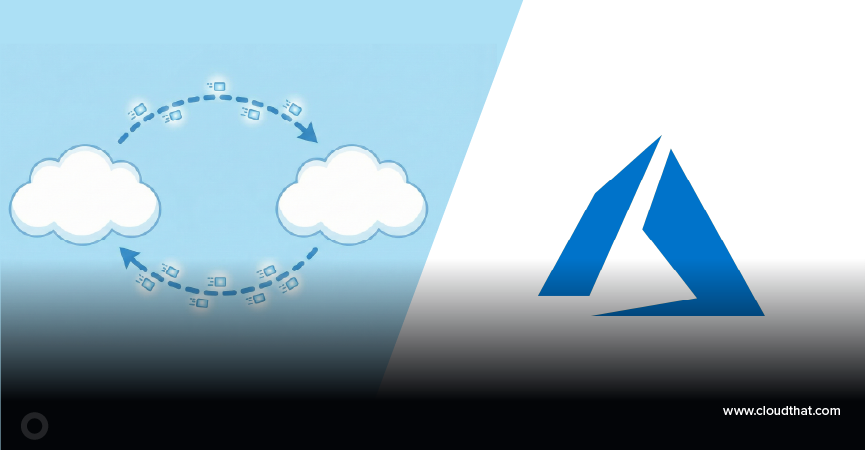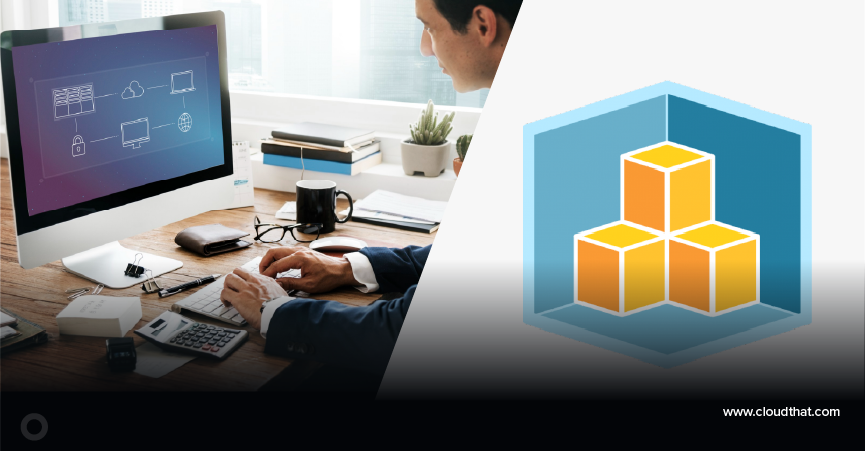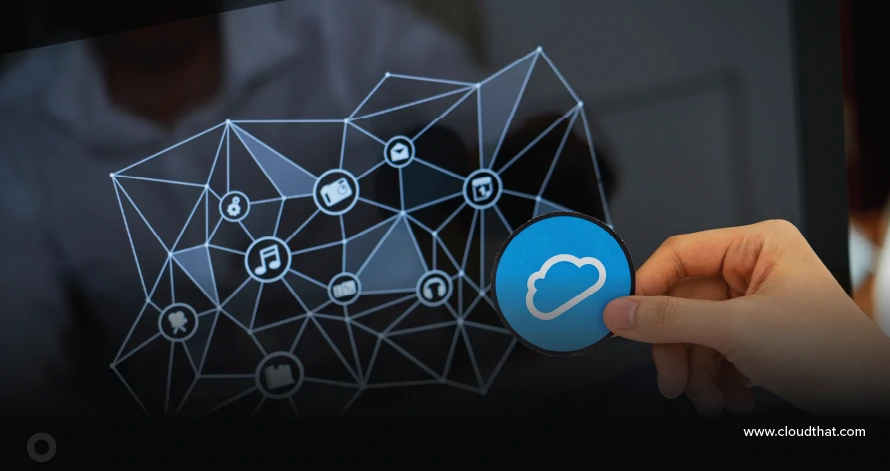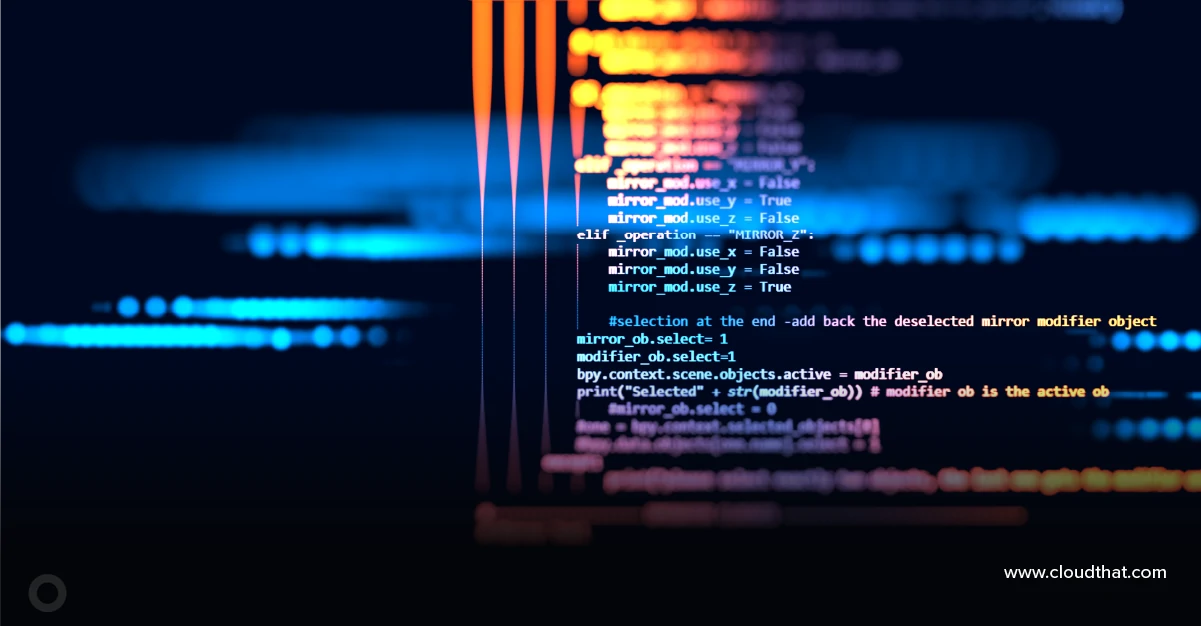|
Voiced by Amazon Polly |
Introduction
Safeguarding your domain is critical to managing your online presence, whether for your personal or business websites. Your domain is your online identity and protecting it from potential threats that could compromise your website’s security, reputation, and functionality is crucial.
In this blog, we’ll explore some essential steps you can take to safeguard your domain and ensure that your website remains secure and functional.
Pioneers in Cloud Consulting & Migration Services
- Reduced infrastructural costs
- Accelerated application deployment
Few Steps to Safeguard your Domain
- Choose a reputable registrar
The first step in safeguarding your domain is to choose a reputable domain registrar. Your domain registrar is the company that sells you the rights to your domain name, and they are responsible for managing the technical aspects of your domain registration.
Several well-known domain registrars include GoDaddy, Namecheap, and Google Domains. When choosing a registrar, research and read reviews to ensure that you choose a reputable company with robust security features and excellent customer support.
- Use a strong password
Securing your domain starts with a crucial step: employing a robust password. A powerful password should be distinct, lengthy, and intricate, incorporating a combination of uppercase and lowercase letters, numbers, and special characters.
Steer clear of predictable passwords like your name or birthdate, and never reuse passwords for multiple accounts. To ensure enhanced security, you can utilize password manager tools such as LastPass or Dashlane to generate and securely store your passwords.
- Enable two-factor authentication
Enabling two-factor authentication (2FA) is another essential step in safeguarding your domain. Adding two-factor authentication (2FA) enhances the security of your account by necessitating a secondary form of authentication, typically a code generated by an application or delivered via SMS, along with your password. This additional step adds an extra layer of protection to your account.
Most reputable registrars offer 2FA as an option, so make sure to enable it as soon as possible By implementing this approach, even if an individual succeeds in stealing or correctly guessing your password, they will be unable to access your account without the presence of the second authentication method. This ensures an added level of security and mitigates the risk of unauthorized access.
- Keep your contact information up to date
Maintaining accurate and current contact information is paramount when protecting your domain. Your registrar relies on your contact details, such as email address, phone number, and physical address, to communicate important information regarding your domain registration.
To ensure you receive all relevant communications from your registrar, it is essential to regularly update and verify your contact information, keeping it accurate and up-to-date. Regularly checking your contact details will help you stay informed and communicate effectively with your registrar. If your contact information changes, update it as soon as possible to avoid any potential issues with your domain registration.
- Enable privacy protection
Enabling privacy protection is an optional but recommended step in safeguarding your domain. Privacy protection, also known as WHOIS protection, is a service that allows you to keep your personal information, such as your name and contact information, private and hidden from public view.
Upon domain registration, it is customary for your personal information to be included in the WHOIS database. This database, accessible to the public, contains details about domain owners. Anyone can access this information, including spammers, scammers, and hackers.
Enabling privacy protection can help prevent unwanted solicitations and protect your personal information from potential threats. Most registrars offer privacy protection as an add-on service, so check with your registrar to see if they offer this option.
- Monitor your domain
Monitoring your domain is an essential step in safeguarding your domain. Consistently keeping an eye on your domain allows you to proactively detect potential issues early and promptly take necessary measures to resolve them, preventing them from escalating into significant problems.
Potential issues to look out for include:
- Expired domains: If you fail to renew your domain registration, your domain may expire and become available for someone else to register. To avoid this issue, renew your domain registration well before expiration.
Conclusion
Additionally, monitoring and promptly addressing your domain for potential issues helps maintain its security and integrity. Remember, the security of your domain is an ongoing responsibility, and by staying vigilant and adopting best practices, you can ensure the long-term safety and stability of your online presence.
Making IT Networks Enterprise-ready – Cloud Management Services
- Accelerated cloud migration
- End-to-end view of the cloud environment
About CloudThat
CloudThat is an award-winning company and the first in India to offer cloud training and consulting services worldwide. As a Microsoft Solutions Partner, AWS Advanced Tier Training Partner, and Google Cloud Platform Partner, CloudThat has empowered over 850,000 professionals through 600+ cloud certifications winning global recognition for its training excellence including 20 MCT Trainers in Microsoft’s Global Top 100 and an impressive 12 awards in the last 8 years. CloudThat specializes in Cloud Migration, Data Platforms, DevOps, IoT, and cutting-edge technologies like Gen AI & AI/ML. It has delivered over 500 consulting projects for 250+ organizations in 30+ countries as it continues to empower professionals and enterprises to thrive in the digital-first world.
FAQs
1. Why is it important to keep my domain safe?
ANS: – Your domain is the online address of your website or email, and keeping it safe is crucial to protect your online presence, brand reputation, and user trust. A compromised domain can lead to unauthorized access, data breaches, phishing attacks, and other security risks.
2. How can I secure my domain from unauthorized access?
ANS: –
- Use strong and unique passwords for domain registrar accounts and enable multi-factor authentication (MFA) for added security.
- Regularly update and patch the software used for managing your domain.
- Protect your domain registrar account credentials and avoid sharing them with unauthorized individuals.
- Implement IP whitelisting or domain locking to restrict access to authorized IP addresses or prevent unauthorized transfers.
3. How can I ensure the security of my DNS infrastructure?
ANS: –
- Use reputable and secure DNS service providers.
- Implement DNSSEC to protect against DNS spoofing and cache poisoning attacks.
- Regularly monitor your DNS records for any unauthorized changes or anomalies.
- Implement rate limiting and firewall rules to protect against DNS DDoS attacks.

WRITTEN BY Shivang Singh
Shivang is a certified AWS Security Specialist, AWS Solution Architect Associate, Microsoft Azure Administrator, and Google Associate Cloud Engineer, and working as a Research Associate at CloudThat. He is part of the Cloud Infrastructure and Security team and is skilled at building cloud solutions for multiple customers. He is keen on learning new technologies and publishing blogs for the tech community.


 Login
Login


 June 7, 2023
June 7, 2023 PREV
PREV











Comments